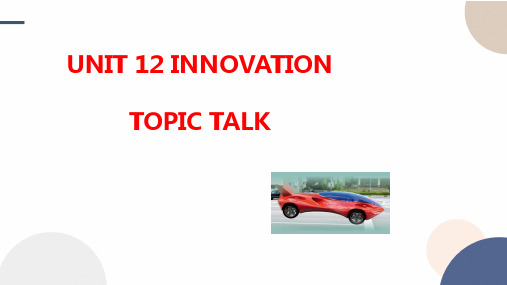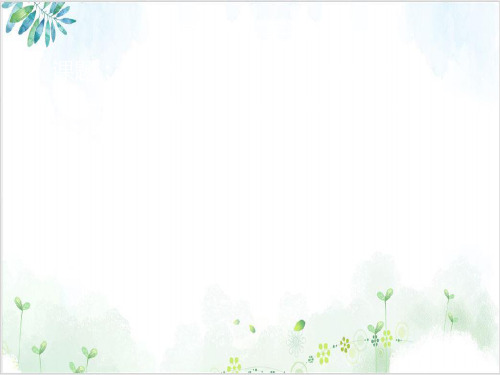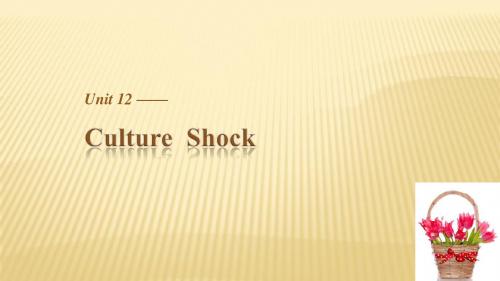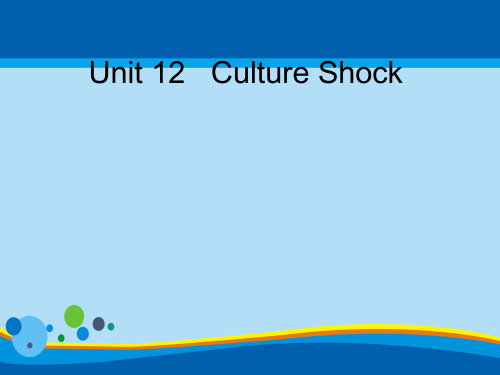
Yaron Gurovich at biotechnology firm FDNA in Boston and his team built a neural network to look at the overall impression of faces and return a list of the 10 genetic syndromes a person is most likely to have.
Gurovich and his team also tested the neural network’s ability to distinguish between the different genetic mutations (基因突变) that can lead to the same syndrome. They used photographs of people with Noonan syndrome(努南综合征), which can result from mutations in any one of five genes. DeepGestalt correctly identified the genetic source of the physical appearance 64 percent of the time. It’s clearly not perfect, but it’s still much better than humans are at trying to do this.
This technique could bring significant benefits for those who have genetic syndromes. The real value here is that for some of these ultra-rare diseases, the process of diagnosis can be many, many years. This kind of technology can help narrow down the search space and then be confirmed through checking genetic markers. For some diseases, it will cut down the time to diagnosis dramatically. For others, it could perhaps add means of finding other people with the disease and, in turn, help find new treatments or cures.





